Brigitte Bardot: The Untamed Spirit Who Redefined Femininity on Screen
In the aftermath of World War II, Europe stood at a crossroads, rebuilding not just its cities, but its sense of identity. And in this moment of cultural rebirth, a young woman from Paris stepped onto the world stage—barefoot, sun-kissed, and utterly free. Her name was Brigitte Bardot.
More than just a movie star, Bardot was a revolution. With tousled blonde hair, a sultry pout, and a gaze that was both dreamy and defiant, she didn’t just appear on screen—she captivated it. Bardot wasn’t playing a role. She was introducing the world to a new kind of woman: sensuous yet sincere, wild yet wounded, unconstrained by the expectations of postwar society.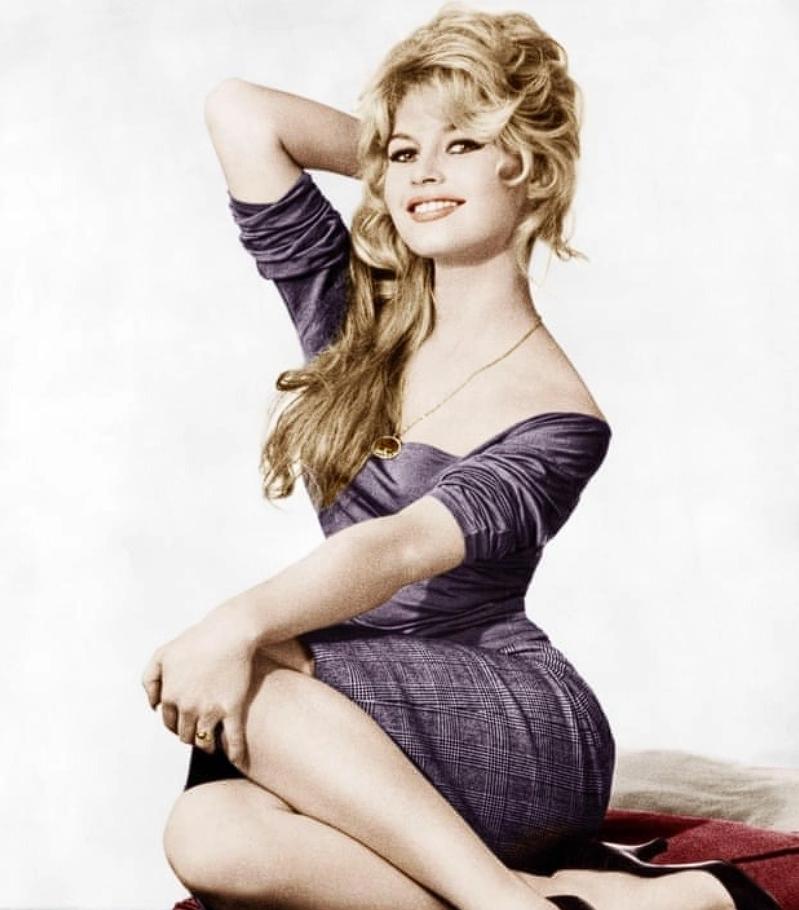
From Ballet Slippers to Film Sets: A Parisian Girl in Motion
Born in 1934 into a conservative Parisian family, Brigitte Anne-Marie Bardot was originally destined for a different stage. She trained as a ballet dancer at the prestigious Conservatoire de Paris and dreamed of joining the Opéra. That classical training gave her poise, discipline, and a performer’s instinct—but it would be the camera, not the stage, that truly captured her spirit.
Bardot’s modeling career began almost by accident, when she appeared on the cover of Elle at just 15. The photograph caught the attention of film director Roger Vadim, who would later become her first husband. He believed the world wasn’t ready for her—yet. But when he cast her in And God Created Woman (1956), everything changed.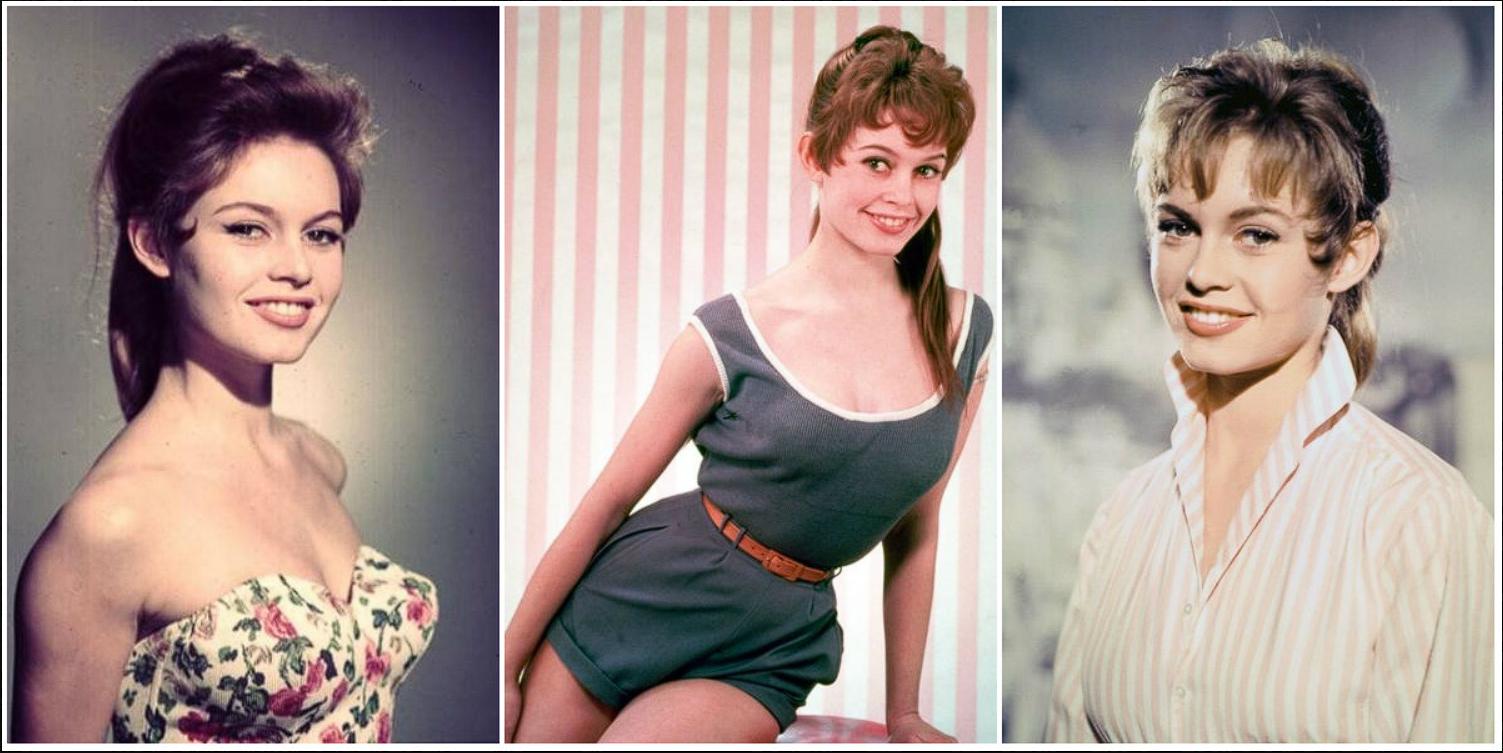
And God Created Woman: A Star is Unleashed
The film was a sensation. Bardot played Juliette, a free-spirited young woman in a seaside town, whose raw sexuality and emotional independence disrupted the lives of the men around her. It wasn’t just her beauty that stunned audiences—it was the boldness, the sense that she wasn’t acting so much as being.
With that role, Bardot didn’t just become a star—she became a symbol of change. She embodied a new kind of femininity that Europe, still bound by traditional mores, had never quite seen before. And yet, Bardot’s screen presence was never vulgar. There was always vulnerability beneath the provocation—a sense of yearning, of being misunderstood.
As one critic wrote, she didn’t seduce the camera. She challenged it.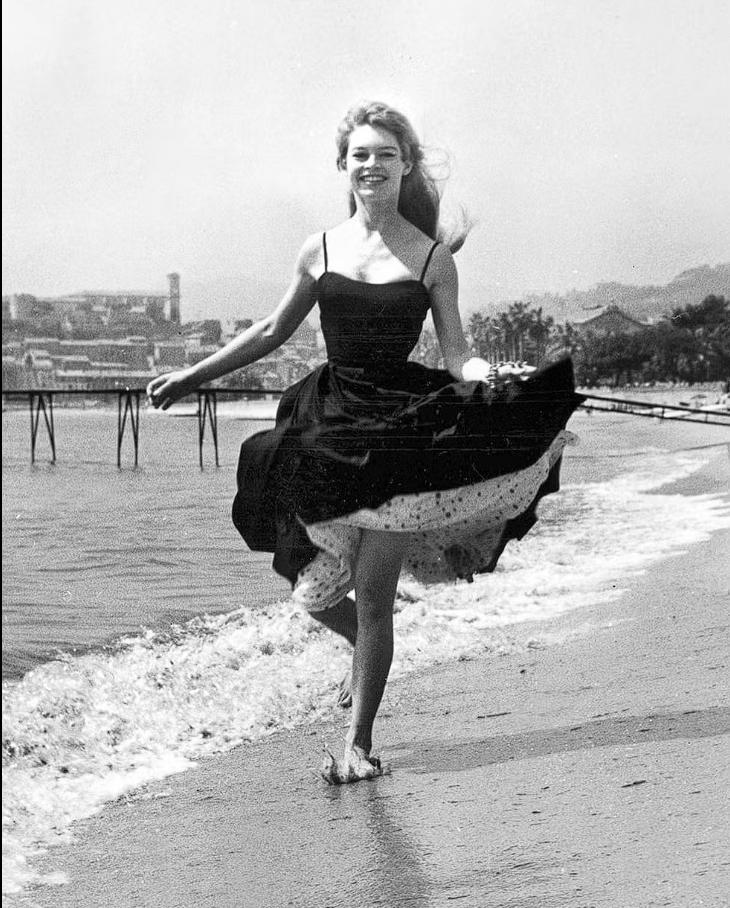
More Than a Muse: Bardot and the Cinema of the 1960s
Throughout the 1960s, Bardot was everywhere. She worked with renowned directors like Jean-Luc Godard (Le Mépris), Louis Malle (Vie Privée), and Henri-Georges Clouzot (La Vérité), each of whom captured different facets of her personality. Whether playing a melancholy wife, a woman on trial, or a girl searching for freedom, Bardot’s roles often reflected her own restlessness.
Fashion designers and pop stars adored her. So did photographers. Bardot wasn’t polished—she was instinctual. She wore messy hair, smoky eyeliner, bare feet. She made imperfection alluring. She made rebellion look beautiful.
Yet for all her fame, Bardot never seemed to chase it. She recoiled from the paparazzi, grew weary of press scrutiny, and spoke often of her desire to be left alone. Fame had amplified her, but it had also trapped her.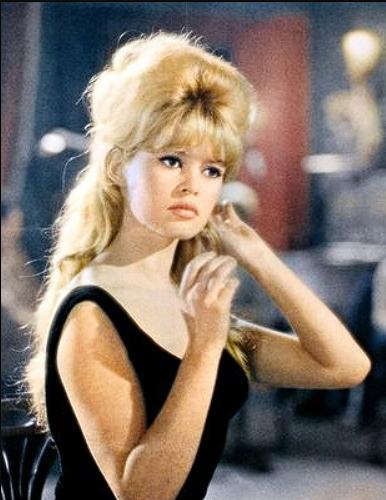
Turning Away: Fame, Isolation, and Reinvention
By the early 1970s, Bardot had enough. At just 39 years old, she walked away from acting—and from the public life that had defined her. She sold her villa in Saint-Tropez and withdrew from the red carpets. Her new focus became animal rights, a cause she pursued with the same fervor that once defined her cinematic presence.
In 1986, she founded the Brigitte Bardot Foundation for the Welfare and Protection of Animals. She auctioned her jewelry, donated proceeds from her films, and even took on political leaders to advocate for animal welfare across the globe. Her second life was not glamorous—but it was purposeful.
Bardot’s transformation shocked many, but it wasn’t inconsistent. At heart, she had always been wild. And what is freedom, if not the ability to change course, to choose one’s own path?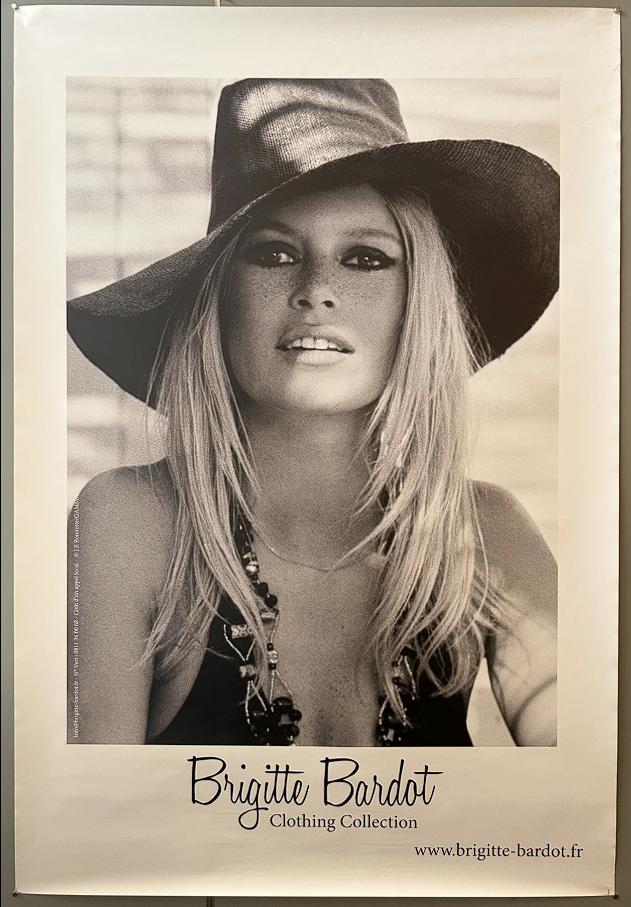
The Woman Behind the Myth
Even now, Bardot remains a cultural touchstone. She is the subject of retrospectives, biographies, and fashion revivals. But the fascination goes deeper than nostalgia. In Bardot, we see something elemental: the courage to live without apology.
She was never a perfect heroine. She could be impulsive, controversial, even self-destructive. But those contradictions only made her more human. Bardot didn’t smooth her edges to fit into anyone’s mold. She broke the mold entirely.
She was, as Simone de Beauvoir once described her, “the locomotive of women’s history.” A force that propelled femininity beyond the corseted ideals of the past, into something more free, complex, and dangerous.
Legacy of a Liberated Woman
Brigitte Bardot changed the way women could be seen—on screen and in society. She showed that femininity could be strong, untamed, even anarchic. That beauty didn’t have to be obedient. That the desire to be oneself could be revolutionary.
And maybe that’s why she still fascinates us. Not because she was a goddess, but because she refused to become one.
In the end, Bardot wasn’t just created by the cinema. She challenged it. Transcended it. And then, defiantly, walked away.
